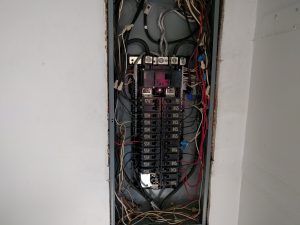Electricity has various uses in our daily life and we need to understand the basic functions of the electrical equipment we use on a daily basis. Why? you ask. Well, what if you want to buy new appliances? Maintain the ones you already have? Or maybe, and quite rightly, stay safe while using these instruments?
For all of these reasons, it’s good to look at some basic terms to understand and two good places to start off at are voltage and resistance rating. Voltage in an electrical appliance is like the water running through a pipe, if there is a lot of pressure in the pipe it means there is a lot of water. Likewise, the more voltage there is, the greater the electrical current exists. Most appliances that are smaller run at 120 volts. If you use a washing machine, for instance, this runs on 220 or 240 volts. A typical outlet in your household can handle 240 volts, which is why a larger appliance will require its own outlet, and a smaller one can share an outlet.
Resistance rating is also an important thing to understand. The easier electrical current runs through a conductor the lower the resistance will be rated. Good materials to use for conductors are metals, especially copper. It’s also important to note, that just like a lot of water in a pipe needs a big pipe, a greater current needs a larger wire, which is important especially when using extension cords at home.
Hopefully, these terms can help you to understand more about the ins and outs of electricity.
